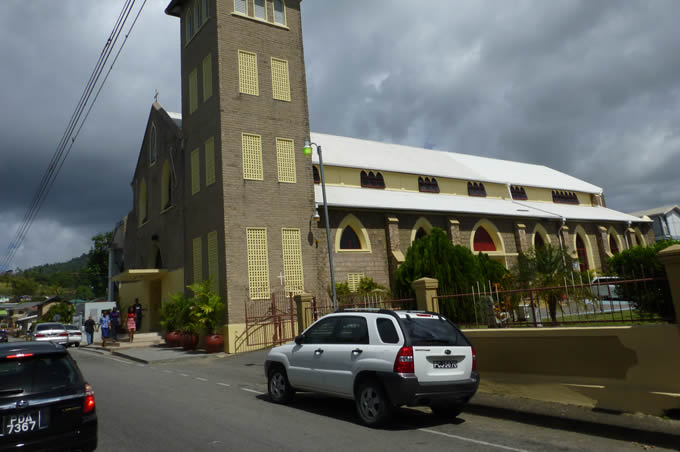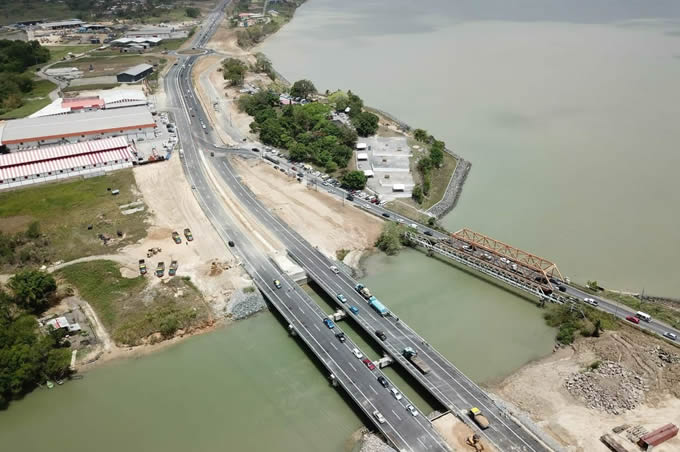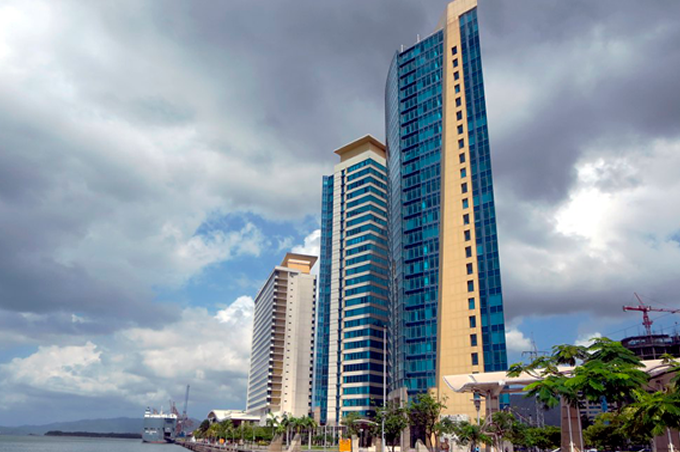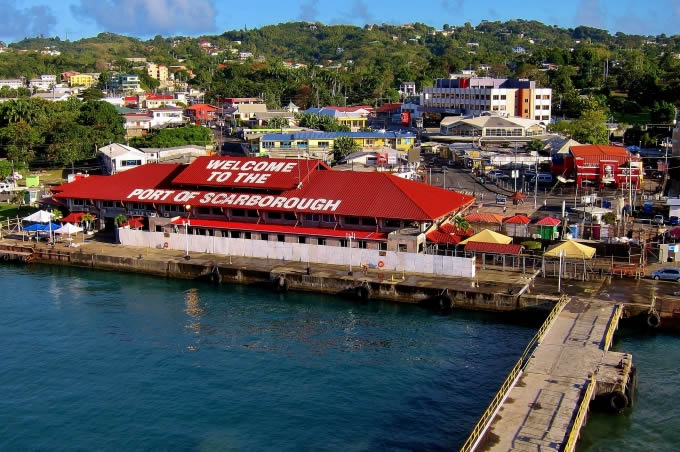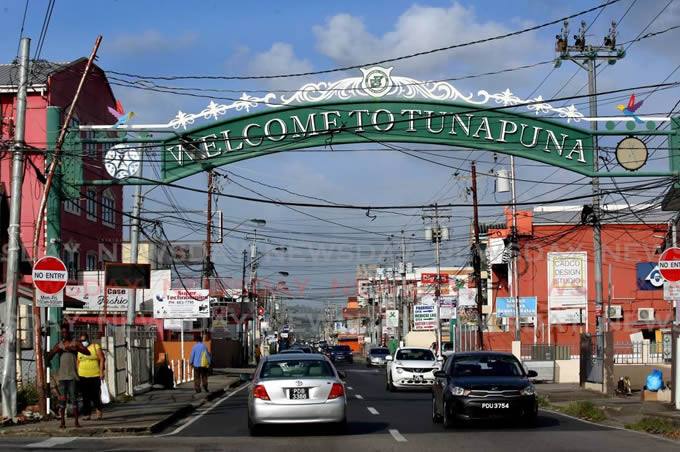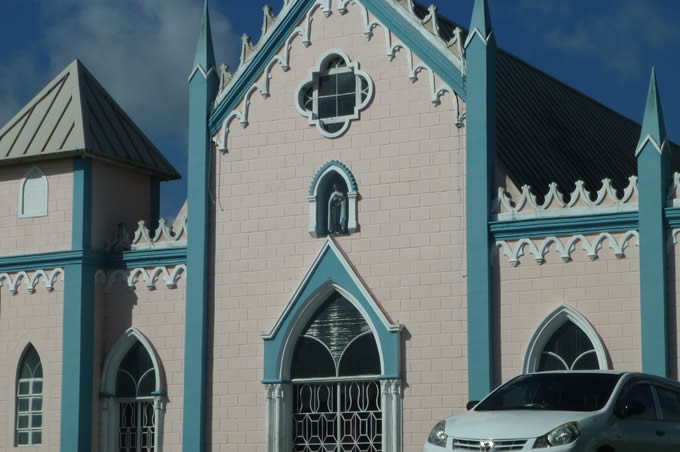Officially the Republic of Trinidad and Tobago, it is a sovereign island country located in the Caribbean Sea, in the northern region of South America. Made up of the main islands, Trinidad and Tobago, and many other smaller islands, it is located 130 kilometers to south of Grenada and 11 kilometers off the northeast coast of Venezuela. In addition, it shares maritime borders with Barbados to the northeast, Grenada to the northwest, and Venezuela to the south and west. Trinidad and Tobago is generally considered part of the Antilles. According to some geographical definitions, Trinidad and Tobago is also part of the Windward Islands and the Lesser Antilles, while other definitions consider it to be part of the South American continent.
Trinidad and Tobago has the third highest GDP per capita in the Americas, based on purchasing power parity (PPP), after the United States and Canada. It is recognized by the World Bank as a high-income economy. Unlike most Caribbean nations and territories, which rely heavily on tourism, the economy is primarily industrial, with an emphasis on oil and petrochemicals; much of the nation's wealth is derived from its vast reserves of oil and natural gas.

